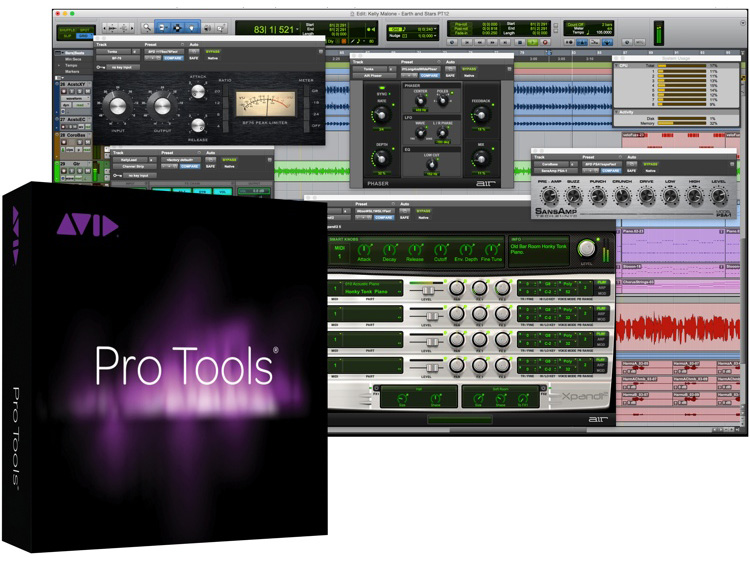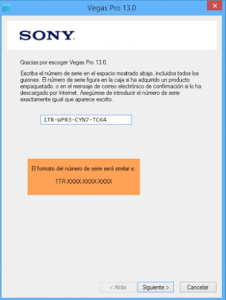

Different generations of these VCA chips are said to have different audio characteristics, although in theory we want them to sound as neutral as possible. If you’re a DIY-nerd, you can purchase those integrated circuits in online electronic shops like Mouser. The ones used in the classic SSL consoles were originally manufactured by dbx, and later replaced by VCA chips of manufacturer THATS. The heart of the VCA circuit is a VCA chip. Both the mix computer and the fader of each channel can send a control voltage to the VCA (which is a circuit board located on each mixer channel). The classic SSL mix computer of the E/G-Series consoles is based on this technology. The voltage can be provided from your traditional channel fader, or alternatively by a mix computer that records fader movements and plays them back.
#Protools 12 fader link full#
For example, this could be a range from 0V to 5V which controls the volume from silence to full level. The VCA circuit could be controlled by any device that would generate the necessary control voltage for the VCA circuit. Thats why they added a VCA circuit to each mixer channel (and also the master bus). While the volume of a channel in a mixing console can easily be controlled by running the audio directly through a fader in the mixer which acts as a variable resistor, the manufacturers of professional mixing consoles wanted a more flexibel way to control the volume of each channel. ADSR stands for “Attack, Decay, Sustain, Release” and describes the volume of a note once triggered by a key on the musical keyboard of an analogue synthesizer (or for that matter, by an incoming MIDI note).
#Protools 12 fader link generator#
In a classic analogue synthesizer, for example a Minimoog, the VCA is controlled by an envelope generator – I’m confident you’re familiar with the classic “ADSR”-envelope generator. To fully understand what is going on, let’s get into the details of the underlying analogue technology.Ī VCA is an analogue circuit – an amplifier whose volume is controlled by an incoming control voltage. Like many features we enjoy in todays digital DAW world, the functionality of VCA Faders go back to an invention from the analogue world which was essential to the development of early synthesizers like the Minimoog.
#Protools 12 fader link pro#
Ask any pro who has worked with a large analogue console – VCA Faders and Groups were one of THE BIG advantages these always put them ahead of mixing “in the box”.

Unfortunately this shows that the inventors of these programs didn’t really get input from professional mix engineers in the beginning. In other words – the software makers didn’t get it quite right the first time around, and they’re now fixing an old mistake. The confusing thing is that earlier versions of Cubase, Logic and ProTools had features that looked similar, but didn’t provide the exact same feature-set as VCA Faders. All of these DAW programs have added VCA Faders to the feature list in recent updates. If you work with Avid ProTools, Apple Logic Pro X or Steinberg Cubase 8, your DAW has “VCA Faders” or “VCA Groups”.


 0 kommentar(er)
0 kommentar(er)
